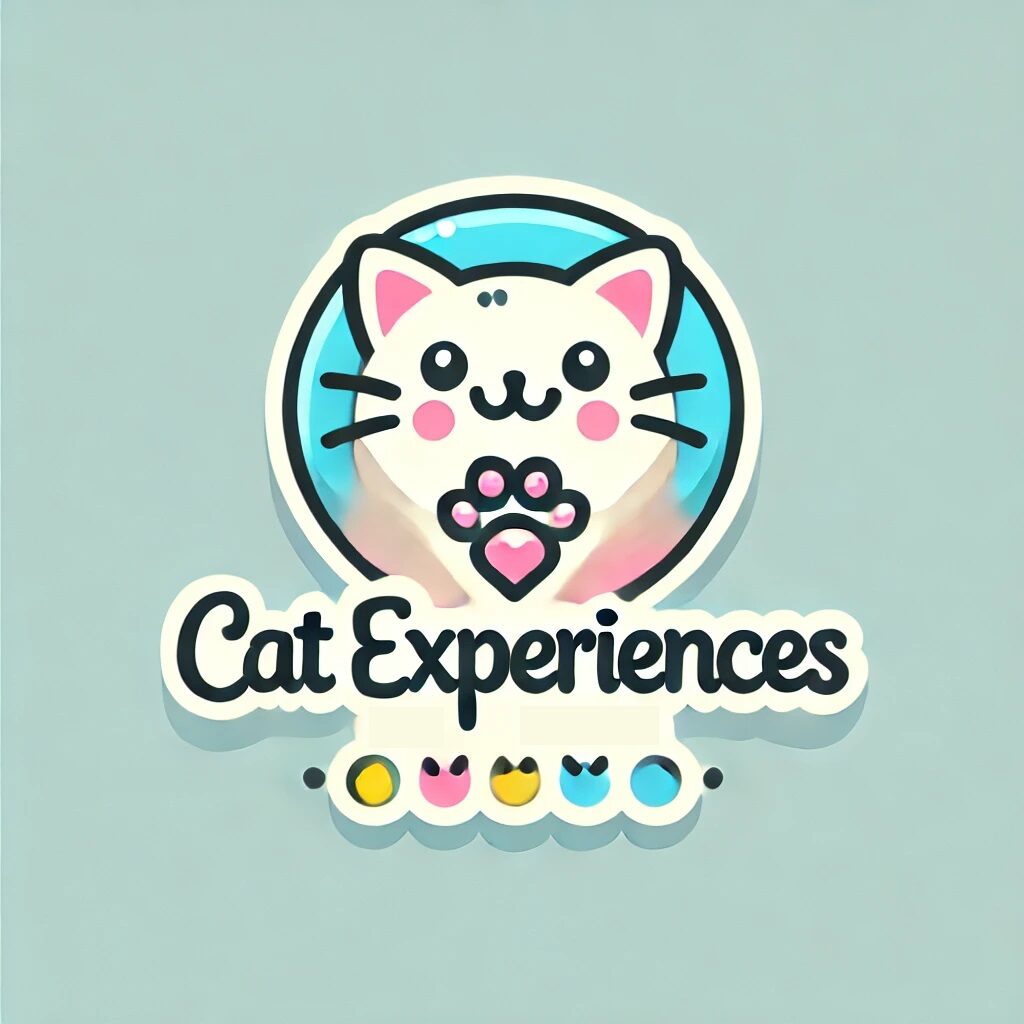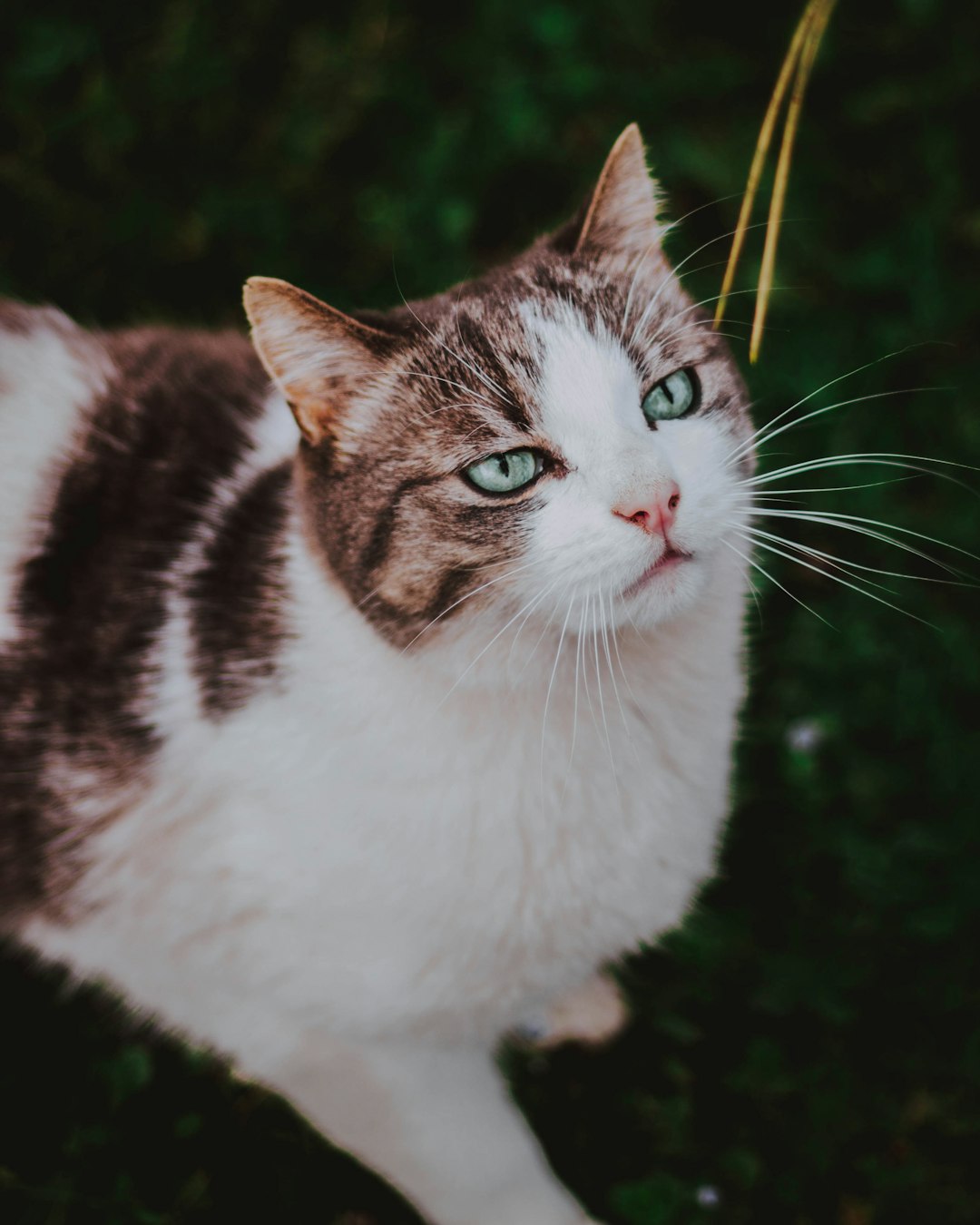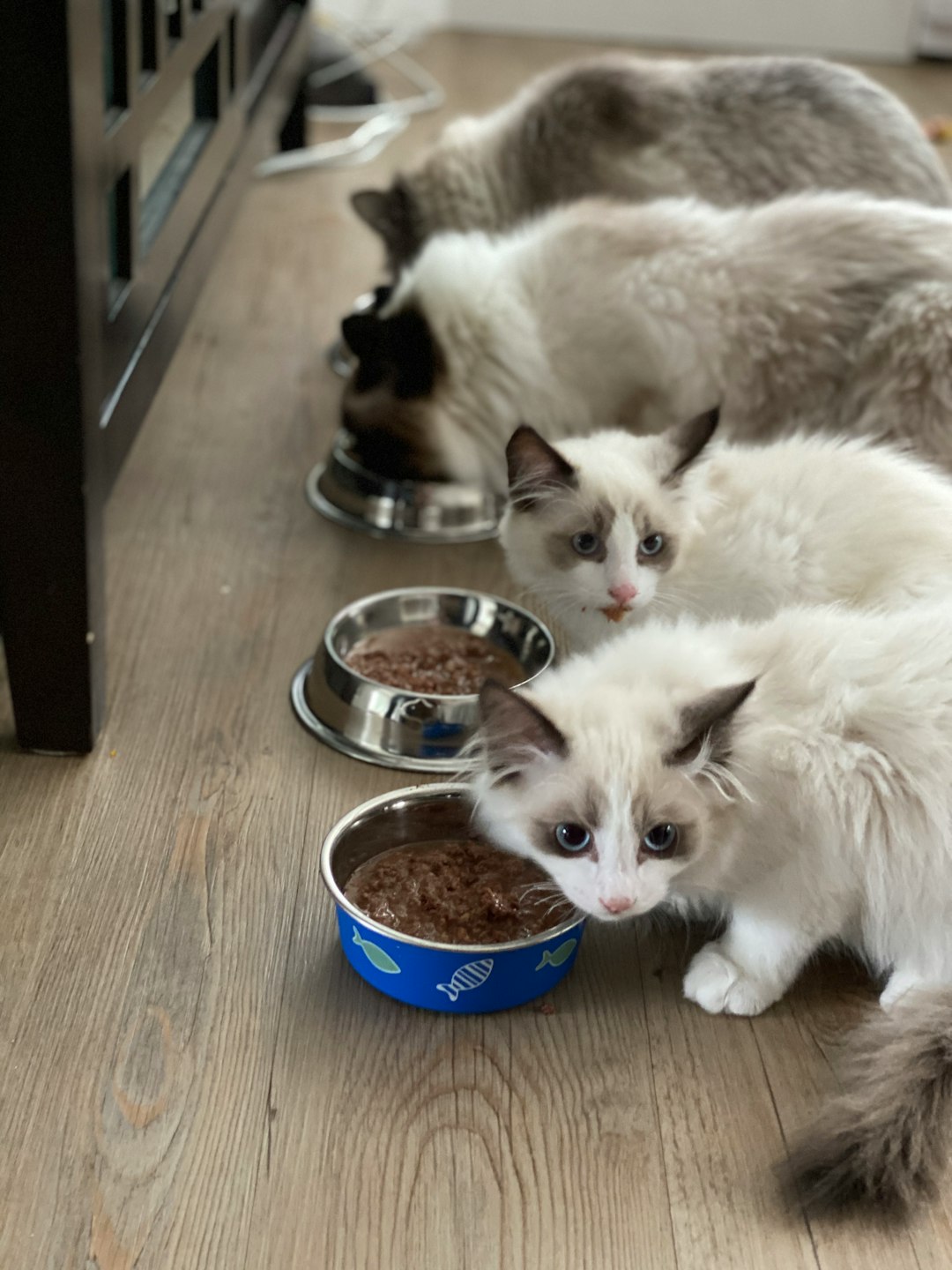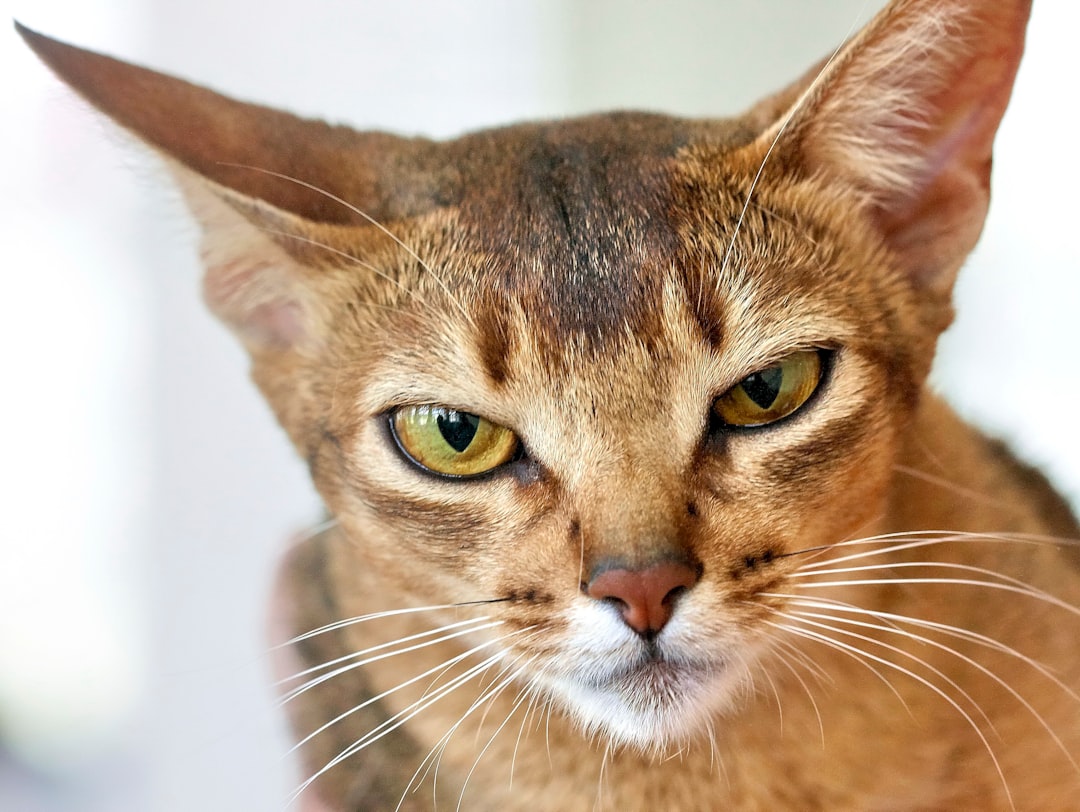Understanding the unique dietary needs of your pet is crucial for their overall health and well-being. In this comprehensive guide, we will delve into the fascinating world of the Blue bicolor Ragdoll cat, exploring their distinct characteristics, nutritional requirements, and optimal feeding strategies. With the right approach to their diet, you can ensure that your feline friend thrives and enjoys a long, happy life. From choosing the best food to maintaining proper hydration, we’ll cover all the essential aspects that contribute to their health. Together, let’s unlock the secrets to keeping your Blue bicolor Ragdoll cat healthy and vibrant through informed dietary choices.
The Unique Characteristics of the Blue Bicolor Ragdoll Cat
Physical Attributes and Color Patterns
Blue bicolor Ragdoll cats are renowned for their striking beauty and gentle demeanor. Physically, they possess:
- Size: They are large and muscular cats, often reaching weights of 10-20 pounds.
- Coat: Their semi-long, fluffy fur requires routine grooming. The soft texture is a delight to pet.
- Color: These cats feature a unique blue coloration—light grayish-blue with distinct white markings creating a bicolor pattern. This typically includes white in the form of an inverted “V” on the face, a white tummy, and white paws.
This combination of color and physical traits gives them a distinctive and striking appearance, making them a favorite among cat lovers.
Temperament and Behavior Traits
In addition to their looks, these cats are well-loved for their temperament. They exhibit:
- Friendly Nature: Known for being sociable, they often bond closely with their human companions.
- Affectionate Behavior: These cats enjoy cuddling and often follow their owners around the house.
- Playfulness: They are playful, engaging in interactive play, which makes them great companions for families and children alike.
Their calm nature also means they are generally good with other pets, including dogs, creating a harmonious household environment.
Common Health Issues
Despite being robust, blue bicolor Ragdolls are predisposed to certain health conditions that owners should be aware of:
| Health Issue | Description |
|---|---|
| Hypertrophic Cardiomyopathy (HCM) | A common heart condition in cats which can lead to heart failure. Regular check-ups are crucial. |
| Kidney Disease | Older cats may develop kidney issues; monitoring kidney function is important. |
| Obesity | Due to their loving nature, they can become overweight; maintaining a healthy diet is essential. |
Being informed about these potential concerns will allow owners to take proactive measures, ensuring a long and healthy life for their feline companions. Understanding these unique characteristics will help you cater to the needs of your fluffy friend efficiently.
Nutritional Requirements of Blue Bicolor Ragdoll Cats
Providing the right nutrition is crucial for the well-being of your feline friend. Understanding the proper dietary needs can significantly impact their overall health, growth, and energy levels. Here are the key components of a balanced diet for your furry companion.
Understanding Protein Needs
Cats are obligate carnivores, which means their natural diet consists mainly of meat. High-quality protein is essential for maintaining strong muscles and supporting overall growth. Here are some critical points about protein essentials:
- Daily Protein Intake: Adult cats typically require around 30-40% of their daily calories from protein.
- Sources of Protein: Opt for animal-based proteins, such as chicken, turkey, or fish, that are easily digestible.
- Life Stage Consideration: Kittens and pregnant cats need higher protein levels to support growth and development.
The Role of Fats in Their Diet
Fats serve multiple purposes in a cat’s diet, such as providing energy and aiding in the absorption of fat-soluble vitamins. Here’s what you need to know about fats:
- Essential Fatty Acids: Omega-3 and Omega-6 fatty acids are crucial for skin, coat health, and cognitive function.
- Calories from Fats: Approximately 20-30% of a cat’s daily caloric intake should come from fats.
- Balanced Sources: Fish oil and chicken fat are excellent sources of healthy fats.
Essential Vitamins and Minerals
Vitamins and minerals play a pivotal role in various bodily functions. They can help boost the immune system and keep bones strong. Some of the key vitamins and minerals include:
| Nutrient | Function | Sources |
|---|---|---|
| Vitamin A | Essential for vision and immune function | Liver, fish, and eggs |
| Vitamin D | Aids in calcium absorption | Sunlight, fatty fish |
| Calcium | Critical for strong bones and teeth | Dairy products, fish, and greens |
| Taurine | Supports heart and eye health | Meat, fish, and poultry |
Ensuring proper nutritional balance through these essentials can promote a healthy, active lifestyle for your pet. Prioritizing high-quality ingredients will lead to improved vitality and longevity in your beloved feline.
Choosing the Right Food for Your Blue Bicolor Ragdoll Cat
Selecting the appropriate diet for your pet is crucial for their overall health and well-being. Here’s how to navigate the many options available and make informed choices that best fit the specific dietary needs of your feline companion.
Evaluating Cat Food Labels
Understanding what goes into your cat’s food is essential. To make an informed purchase, pay close attention to the food labels. Here are some key points to consider:
- Ingredients List: Look for high-quality proteins as the first ingredient, such as chicken, turkey, or fish. Avoid foods with vague terms like “meat by-products.”
- Nutritional Adequacy Statement: Ensure the food meets the standards set by the Association of American Feed Control Officials (AAFCO) for a complete and balanced diet.
- Additives and Fillers: Be cautious of artificial flavors, colors, and preservatives. Instead, choose natural alternatives that provide additional health benefits.
This diligence can prevent health issues and guarantee a balanced diet tailored to your cat’s needs.
Wet vs. Dry Food: Which is Better?
The decision between wet and dry food can impact hydration and nutrition. Here’s a comparison to help you decide:
| Feature | Wet Food | Dry Food |
|---|---|---|
| Moisture Content | High (up to 78%) | Low (8-10%) |
| Palatability | Preferred by many cats | Convenient but less enticing |
| Dental Health | Less effective for teeth | Can help reduce plaque buildup |
| Caloric Density | Lower (may lead to overfeeding) | Higher (watch portion sizes) |
Both options have their advantages. Wet food promotes hydration and is often more appealing to picky eaters. Dry food, while convenient and affordable, allows for easier portion control.
Homemade Diet Considerations
If you’re contemplating a homemade diet, it’s vital to ensure it’s balanced and nutritious. Here are important aspects to consider:
- Consult a Veterinarian: Before transitioning to a homemade diet, seek professional advice to ensure it meets all necessary nutritional standards.
- Variety of Ingredients: Include proteins, carbs, and fats from various sources. Consider lean meats, vegetables, and healthy fats like fish oil to offer a complete profile.
- Supplements: Often, home-cooked meals need additional vitamins and minerals, so be sure to include proper supplements as recommended by your vet.
By understanding the unique nutritional requirements and carefully evaluating your options, you can select the right food that supports the health and happiness of your beloved companion.
Feeding Frequency and Portion Control
Feeding your Blue Bicolor Ragdoll cat with the right frequency and portion sizes is crucial for maintaining their overall health and well-being. An optimal feeding schedule not only ensures that they receive the necessary nutrients but also helps in regulating their weight and energy levels.
How Often to Feed Your Blue Bicolor Ragdoll Cat
Establishing a regular feeding schedule is essential. Adult Blue Bicolor Ragdoll cats generally thrive best on two meals a day:
- Kittens (up to 6 months): 4 meals per day
- Young Adults (6 months to 1 year): 3 meals per day
- Adults (1 year and older): 2 meals per day
Portion Sizes Based on Age and Weight
The portion sizes should be adjusted according to age, weight, and activity level. Here’s a quick reference table to help guide you:
| Life Stage | Recommended Daily Amount (Dry Food) | Recommended Daily Amount (Wet Food) |
|---|---|---|
| Kitten (up to 6 mo) | 3/4 to 1 cup (approx. 100g) | 1/2 to 1 can (approx. 200g) |
| Young Adult (6 mo – 1 yr) | 1 to 1 1/4 cups (approx. 150g) | 1 can (approx. 250g) |
| Adult (1 yr and older) | 1 to 1 1/2 cups (approx. 200g) | 1 to 1 1/4 cans (approx. 300g) |
Signs of Overfeeding or Undereating
Monitoring your cat’s body condition is crucial for preventing issues such as obesity or malnutrition. Here are some common signs to look out for:
Signs of Overfeeding
- Weight Gain: Noticeable increase in body mass.
- Lethargy: Lack of energy; less playfulness.
- Difficulty Grooming: Increased difficulty for your cat to clean themselves.
Signs of Undereating
- Weight Loss: Check their body weight regularly.
- Excessive Meowing: Increased vocalization can signal hunger.
- Low Energy Levels: Signs of fatigue and inactivity.
By closely observing your Blue Bicolor Ragdoll cat’s eating habits and making necessary adjustments, you will promote a healthier lifestyle and foster a more energetic companion. Regular veterinary check-ups are also essential to tailor their feeding needs based on health changes or lifestyle adjustments.
Hydration and Its Importance for Blue Bicolor Ragdoll Cats
Understanding Their Water Intake Needs
Water is a vital component of any cat’s diet, playing a crucial role in maintaining overall health and well-being. For a cat with the unique genetic makeup of a Blue bicolor Ragdoll cat, optimal hydration is essential for:
- Digestive health: Supports proper digestion and nutrient absorption.
- Kidney function: Aids in flushing out toxins and maintaining healthy kidney function.
- Skin and coat condition: Promotes a beautiful, soft, and shiny coat.
Cats typically require approximately 2.5 to 4.5 ounces of water per 5 pounds of body weight daily. It’s important to note that factors influencing water intake can include:
- Diet Type: Cats eating wet food generally receive a significant portion of their hydration from their meals, while those on dry diets may need to drink more water.
- Environmental Conditions: Warmer climates and increased physical activity can lead to higher water needs.
How to Encourage Proper Hydration
Encouraging sufficient water intake can sometimes be challenging but is vital for health. Here are some effective strategies:
- Fresh Water Availability: Always provide fresh water in a clean container. Change the water daily to encourage drinking.
- Water Fountains: Cats are often attracted to running water. Consider investing in a pet water fountain to motivate them to drink more.
- Wet Food: Include wet food in their diet, which can significantly increase overall water intake.
Signs of Dehydration in Cats
Monitoring hydration levels is essential, as cats can easily become dehydrated. Key signs to look for include:
| Symptom | Description |
|---|---|
| Dry Mouth and Gums | Check for a lack of moisture in the mouth and around the gums. |
| Skin Elasticity | Gently pinch the skin. If it doesn’t return to its original position quickly, your cat may be dehydrated. |
| Lethargy | A noticeable drop in energy levels may signal dehydration. |
| Sunken Eyes | Look for eyes that appear sunken or dull. |
Staying vigilant about hydration needs will help ensure that your beloved Blue bicolor Ragdoll cat remains healthy and lively.
Monitoring Health Through Diet
Using Diet to Prevent Common Health Issues
Diet plays a pivotal role in the overall health and well-being of your Blue bicolor Ragdoll cat. A well-balanced diet can help prevent several common health issues that this breed may be prone to, such as obesity, diabetes, and urinary problems. Here are some dietary considerations to keep in mind:
- High-Quality Protein: Ragdolls require high-quality protein to maintain their lean muscle mass. Look for food with real meat as the first ingredient.
- Healthy Fats: Omega-3 and Omega-6 fatty acids contribute to a healthy coat and skin. These fats can also reduce inflammation.
- Fiber: A diet rich in fiber promotes digestive health and helps prevent hairballs, which can be especially troublesome for Ragdolls.
- Essential Nutrients: Ensure that the food contains vitamins and minerals like taurine, which supports heart health, and antioxidants that bolster the immune system.
Adjusting Diet as They Age
As your Blue bicolor Ragdoll cat ages, their dietary needs change. Here are some tips for adjusting their diet as they mature:
- Senior Formulas: Consider transitioning to a senior cat food that is lower in calories and contains joint-supporting ingredients.
- Dental Health: Older cats may experience dental issues; look for kibble designed to support oral health.
- Weight Management: Monitor body condition and adjust portions accordingly to maintain a healthy weight. Regular weigh-ins can help detect any fluctuations early.
Consulting a Veterinarian for Dietary Guidance
It is essential to consult a veterinarian for tailored dietary recommendations, especially if your Blue bicolor Ragdoll cat has specific health concerns or dietary restrictions. A vet can help you:
- Assess Nutritional Needs: Determine if your cat’s current diet meets their specific health requirements.
- Identify Food Allergies: If your Ragdoll shows signs of allergies, your vet can guide you in eliminating certain ingredients and choosing hypoallergenic alternatives.
- Monitor Health Conditions: Regular check-ups allow veterinarians to assess the impact of diet on your cat’s health and make adjustments as needed.
In summary, a mindful approach to monitoring your cat’s diet can lead to a long and healthy life for your Blue bicolor Ragdoll cat.
Frequently Asked Questions
What are the specific dietary needs of a Blue Bicolor Ragdoll Cat?
Blue Bicolor Ragdoll Cats require a well-balanced diet that focuses on high-quality protein sources, such as chicken, turkey, and fish, primarily because they are active and muscular cats. A diet rich in essential fatty acids promotes a healthy coat and skin. Additionally, it’s crucial to provide them with a balanced ratio of carbohydrates, vitamins, and minerals. This combination helps in maintaining their overall health, optimal weight, and energy levels.
How often should I feed my Blue Bicolor Ragdoll Cat?
Feeding schedules for Blue Bicolor Ragdoll Cats typically suggest offering meals twice a day, especially when they are adults. Kittens may require more frequent feeding, about three to four times a day, to support their rapid growth. It’s essential to establish a routine, as these cats can thrive on consistency. Always monitor their appetite and weight to adjust feeding portions accordingly, ensuring they remain within a healthy weight range.
Are there any food types to avoid for Blue Bicolor Ragdoll Cats?
Yes, there are certain food types to avoid when feeding Blue Bicolor Ragdoll Cats. Foods that are high in fillers, such as corn and soy, are not ideal as they provide little nutritional value. Additionally, avoid giving them human foods that are toxic to cats, including onions, garlic, chocolate, and caffeine. It’s also best to steer clear of overly fatty foods, which can lead to obesity and other health issues.
Should I consider special dietary supplements for my Blue Bicolor Ragdoll Cat?
In general, a high-quality diet should provide most of the nutrients your Blue Bicolor Ragdoll Cat needs. However, you may consider dietary supplements if your cat has specific health issues or dietary restrictions. Omega-3 fatty acids can be beneficial for skin and coat health, while probiotics may help with digestion. Always consult with your veterinarian before introducing supplements, as they can provide tailored advice based on your cat’s health status.



